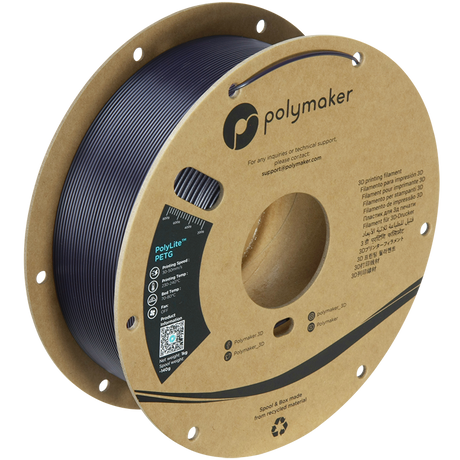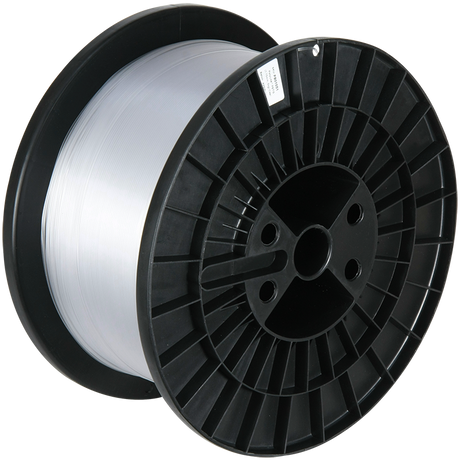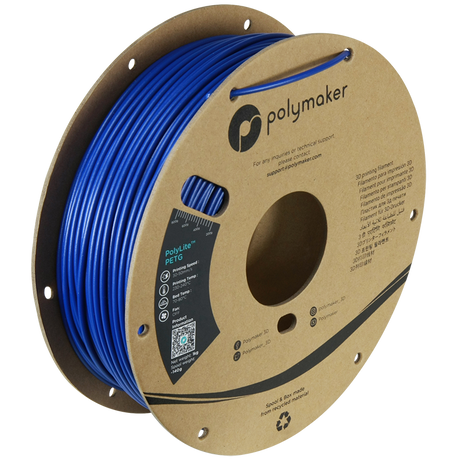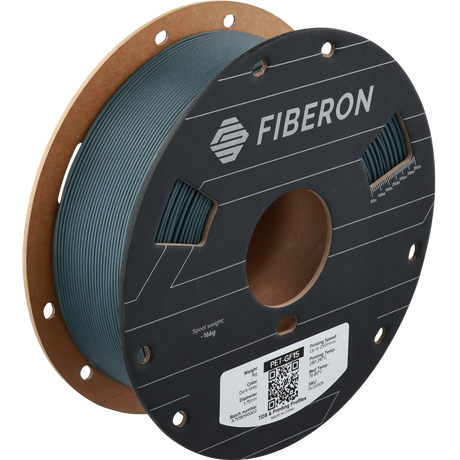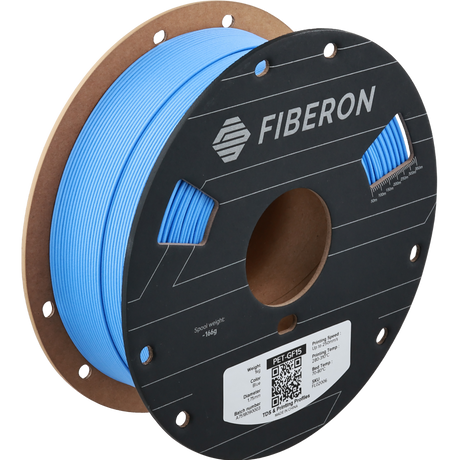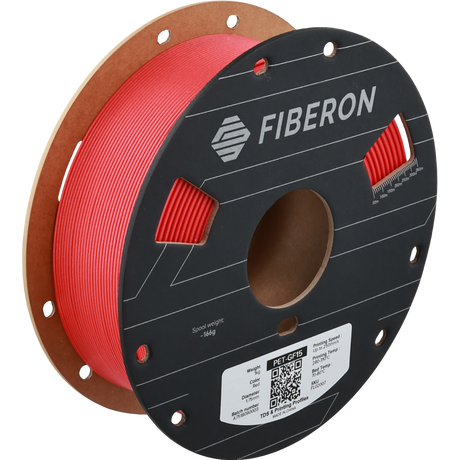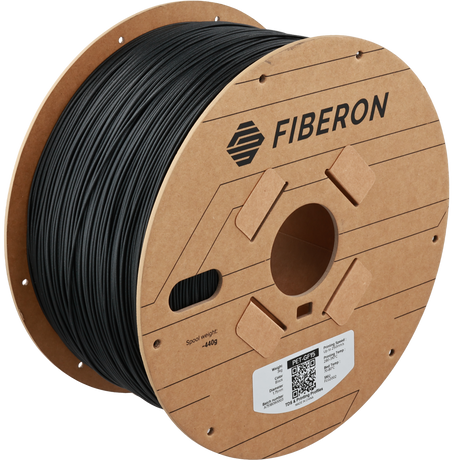PET and PETG - printing for function
Printing with PET
PETG and PET are affordable options that can meet a wide range of application requirements.
PET and PETG
View allPET and PETG FAQ
Are there any printing requirements?
Are there any printing requirements?
No! The exceptions would be our Fiberon™ PET-CF17 and PETG-rCF8, which require a hardened nozzle due to abrasiveness, but the rest of these materials can print on any printer setup.
What is difference between PolyMax™ PETG and PolyLite™ PETG?
What is difference between PolyMax™ PETG and PolyLite™ PETG?
PolyMax™ PETG offers better mechanical properties than any other regular PETG making it a good candidate for a wide range of applications.
What is PETG?
What is PETG?
If we had a simple axis going from "low durability but easy to print" on the left to "high durability but challenging to print" on the right.
PLA would be in the far left, ABS would be in the far right and PETG would be exactly in the middle.
Printing temperature: (PLA+ABS)/2
Heat resistance: (PLA+ABS)/2
Strength: (PLA+ABS)/2
What is the difference between PCTG and PolyMax™ PETG?
What is the difference between PCTG and PolyMax™ PETG?
A little bit of Material Science first:
PET is made from terephthalic acid ('TPA') and ethylene glycol ('EG') (CH2OH)2
PCT is made from terephthalic acid ('TPA') and cyclohexanedimethanol (‘CHDM’) C6H10(CH2OH)2
If you react TPA with both EG and CHDM, you get a co-polymer, called PETg or PCTg.
Usually the polymer is called PETg when the major diol is ethylene glycol (>50%) and PCTg when the major diol is CHDM (>50%).
The higher the EG content the stronger and more rigid the material, the higher the CHDM content the more ductile and impact resistant the material.
In summary:
PETG -> Strong and rigid
PCTG -> Ductile and impact resistant
Our PolyMax™ PETG is a modified PETG with enhanced fracture toughness which makes it more ductile and impact resistance.
To conclude, PolyMax™ PETG provides the best of both PETG and PCTG with high strength and rigidity as well as enhanced ductility and impact resistance.
What is the difference between PET and PETG?
What is the difference between PET and PETG?
PET and PETG differ in their chemical structure, properties, printability, and applications. PETG is more flexible, easier to print, and suitable for 3D printing and medical applications, while PET is more durable and suitable for applications requiring thermal resistance.
Will the spools work in an AMS?
Will the spools work in an AMS?
Yes! We have redesigned the edges of our spools so all Polymaker products will now spin great in the AMS.
I want a strong PET(G) - what do you suggest?
I want a strong PET(G) - what do you suggest?
This will depend on what kind of "strength" you require, but Fiberon™ PET-CF17 is an overall great material for a vast array of applications.
PolyMax™ PETG will offer the best impact resistance.
Fiberon™ PETG-ESD will be the best bet if you require electrostatic discharge safety.
Where are all the docs? TDS, SDS, etc.?
Where are all the docs? TDS, SDS, etc.?
You can view all material products' TDS, SDS, and Printing Profiles HERE
You can then find that information for Fiberon PET(G) materials HERE
You can also find mechanical properties HERE
You can then find our other docs:
Need further information? We would recommend joining our Discord. Thousands of active community members may have already created the profile you are looking for!


 Canada
Canada Global
Global






































